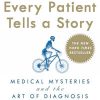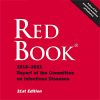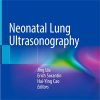Safety profile of enhanced thromboprophylaxis strategies for critically ill COVID-19 patients
ccforum.biomedcentral.com
In a cohort of critically ill patients with a high prevalence of thromboembolic events, ET was associated with reduced ICU mortality without an increased burden of haemorrhagic complications. This study suggests ET strategies are safe and associated with favourable outcomes.
Whilst full anticoagulation has been questioned for prophylaxis in these patients, our results suggest that there may nevertheless be a role for enhanced / intermediate levels of prophylaxis.
Clinical trials investigating causal relationship between intermediate thromboprophylaxis and clinical outcomes are urgently needed.
Retrospective, observational, multi-centre study including adult critically ill COVID-19 patients. Anonymised data included demographics, clinical characteristics, thromboprophylaxis and/or anticoagulation treatment.
A total of 852 (79% male, age 66 [37–85] years) patients were included from 28 ICUs. Median body mass index and ICU length of stay were 27.7 (25.1–30.7) Kg/m2 and 13 (7–22) days, respectively.
Thromboembolic events were reported in 146 patients (17.1%), of those 78 (9.2%) were PE. ICU mortality occurred in 335/852 (39.3%) patients.



















